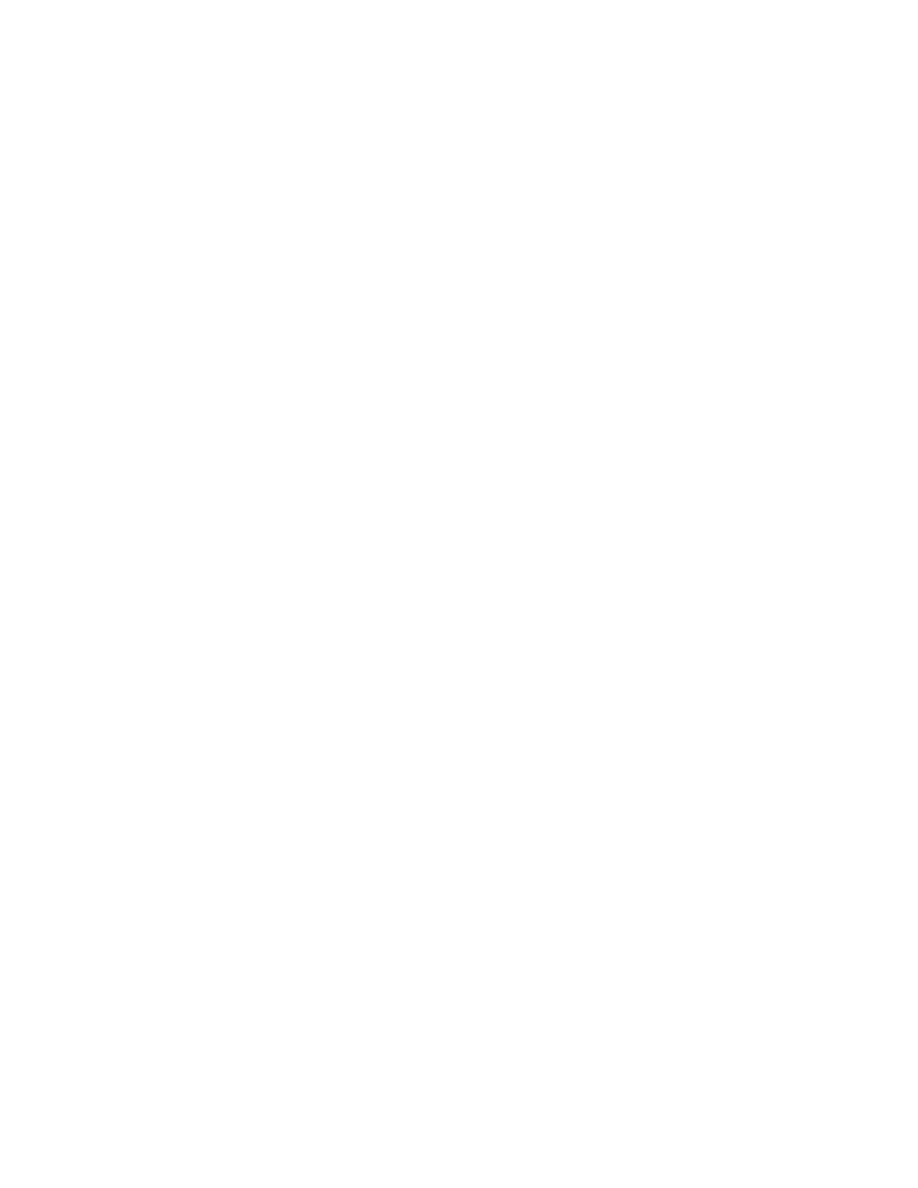Malibu V6-3.5L VIN 8 (2004)

Alignment: By Symptom
Technical Service Bulletin # 04-03-06-001
Date: 040910
Steering/Suspension - Vehicle Pull/Lead Diagnosis
Bulletin No.: 04-03-06-001
Date: September 10, 2004
INFORMATION
Subject:
Vehicle Leads/Pulls Characteristics and Diagnosis
Models:
2004-2005 Chevrolet Malibu and Malibu MAXX
Lead/Pull Description
At a constant highway speed on a typical straight road, lead/pull is the amount of effort required at the steering wheel to maintain the vehicle's straight
path.
Lead/pull is usually caused by the following factors:
^
Tire construction
Variability in the tire construction may produce lead/pull. The rear tires will not cause lead/pull.
^
Wheel alignment
^
Brake Drag
^
Unbalanced steering gear
Visual/Physical Inspection
^
Inspect for aftermarket devices which could affect the operation of any of the suspension sub-systems.
^
Inspect the easily accessible or visible system components for obvious damage or conditions which could cause the symptom.
^
Inspect for proper tire size and inflation pressure.
^
Inspect for abnormal tire wear.
Vehicle Leads/Pulls Alignment Diagnosis and Repair
Front cross-caster and front cross-camber are the only wheel alignment parameters that influence lead or pull.
If the vehicle leads/pulls to the left after performing the steps listed in SI Document ID, and the front wheel alignment parameters are found to be in
specification, adjust the front left and/or right camber to achieve a cross-camber of -0.50° to -0.75°. Refer to Front Camber Adjustment, SI Document.
The cross-camber is the difference between the left side camber and the right side camber (cross-camber = LH camber-RH camber). Positive
cross-camber may cause the vehicle to pull to the left. For example: If the vehicle pulls to the left, adjust the cross-camber more negative and vice-versa.
Steering Position and Torque Sensor Calibration
Important:
ONLY perform the steering position sensor and torque sensor recalibration procedure after the tires, suspension and alignment specifications have
been inspected and/or corrected and the vehicle still exhibits a lead or pull condition. Failure to do so may result in additional customer lead and or
pull concerns.
After inspecting the suspension, tires and alignment, and if the vehicle still leads or/pulls, it may be necessary to recalibrate the steering position sensor
and torque sensor. Refer to Control Module Setup, SI Document ID.
